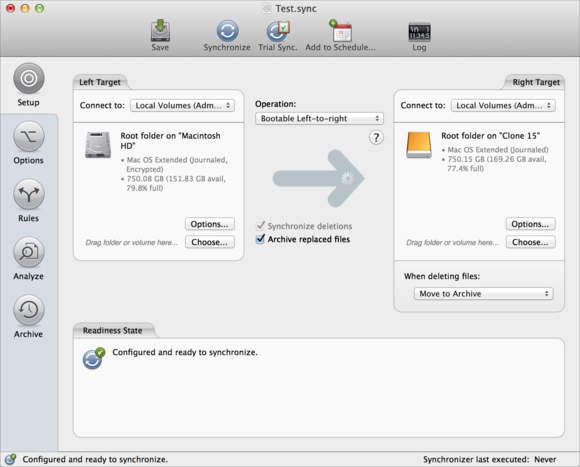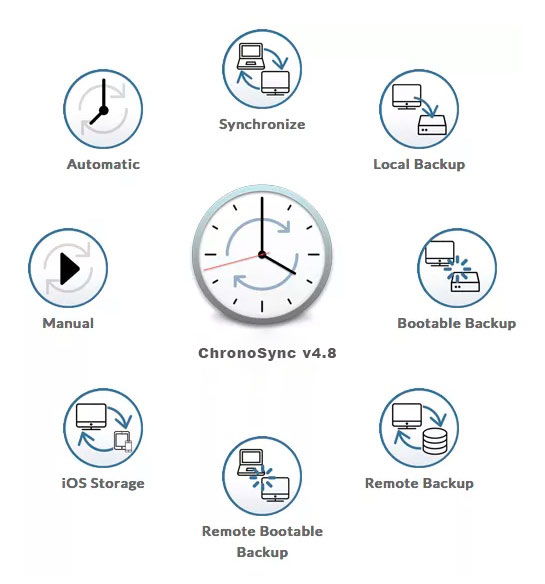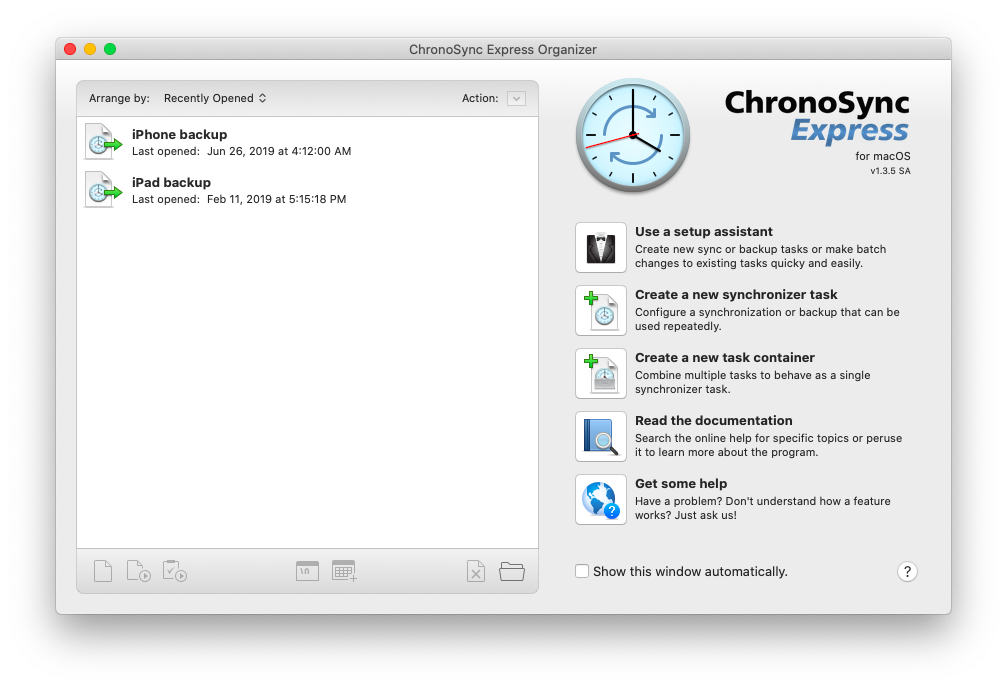
- #CHRONOSYNC NOT RUNNING WHEN LOCKED UPDATE#
- #CHRONOSYNC NOT RUNNING WHEN LOCKED WINDOWS 10#
- #CHRONOSYNC NOT RUNNING WHEN LOCKED CODE#
So this is what I purchased during "CYBER MONDAY" sales: The two external drives for storing files permanantly are 5TB. I also have a third USB drive where my back up program once a week stores copies of my photo files from the external drives, but also backs up my internal C: and D drives. My photo files, as I produce them, both raw and Photoshop processed, are stored temporarily on my D: drive and simultaneously stored to two external USB drives. The other drive (D is 1 TB (nominal) and holds all my files. The C: drive is 500GB (nominal) and holds the operating system and all my programs.
#CHRONOSYNC NOT RUNNING WHEN LOCKED WINDOWS 10#
About a year ago I had it upgraded to 32MB RAM, Windows 10 Pro, two internal drives, both SSDs. Here is my setup: My PC is about 8 years old. I shoot less, but the files are bigger, so I still produce a lot of GBs. Well folks, after all the knowledgeable and generous suggestions, I decided to keep it as simple as I could, keeping in mind I am an amateur and not shooting as much as I once did. That is where it pays to buy as big as you can now so you don't have to redo it all again for a while! For archiving and backing up long-term, like an image catalog, you don't need to do those upgrades because of requirements, it's just a limitation of space. It's that the database platform will have new features and requirements in 2 years.

It was a database platform, and the plan is that in 2 years, we'll probably roll it out for new hardware and double the capacity again! In that design, the space isn't the big deal. The 400TB cluster I just upgraded was for a client who wasn't a photographer - not a single image on it. Spending a bit extra now and giving yourself the extra room will save you a lot of headache in the future from having to do it all over again.
#CHRONOSYNC NOT RUNNING WHEN LOCKED UPDATE#
It's one thing for a lot of my clients where we have plans to update storage/hardware every "x" years, but it's another when you don't do it for a living. Yes, they would work, but in terms of capacity they are significant overkill.Ĭlick to expand.You're very welcome Dave! One extra bit of advice: whatever you plan on doing, look ahead to the future when you plan. I am questioning the suitability of setups designed for photographers shooting that many pictures in a day, that much data in a week. This is tiny by modern digital photography standards.

To go back to the numbers from the original post, ~1050 images, with the largest being 600MB, gives 600GB as a rough upper limit.

If availability is not a concern, and you have a suitable, robust, tested, backup system in place, what benefit are you gaining? Even if RAID 1 is worthwhile, you don’t need a NAS to implement it! This is extra places for bugs or failures to happen.
#CHRONOSYNC NOT RUNNING WHEN LOCKED CODE#
In terms of backups, RAID should not be a factor.Įven RAID 1, the simplest mirror RAID option, requires additional code or hardware to implement. From the original post, I don’t get the impression availability is a significant concern. The main benefit of RAID is it maintains availability of a system in the event of disk failure.

What I AM saying is unnecessary is provisioning 30-40TB of usable storage!Īs far as RAID is concerned, RAID is not a backup. Last time I checked, 4TB drives could hold 1TB of data… I repeat, nothing in what I have said goes against buying 4TB drives if they are the sweet spot.


 0 kommentar(er)
0 kommentar(er)
